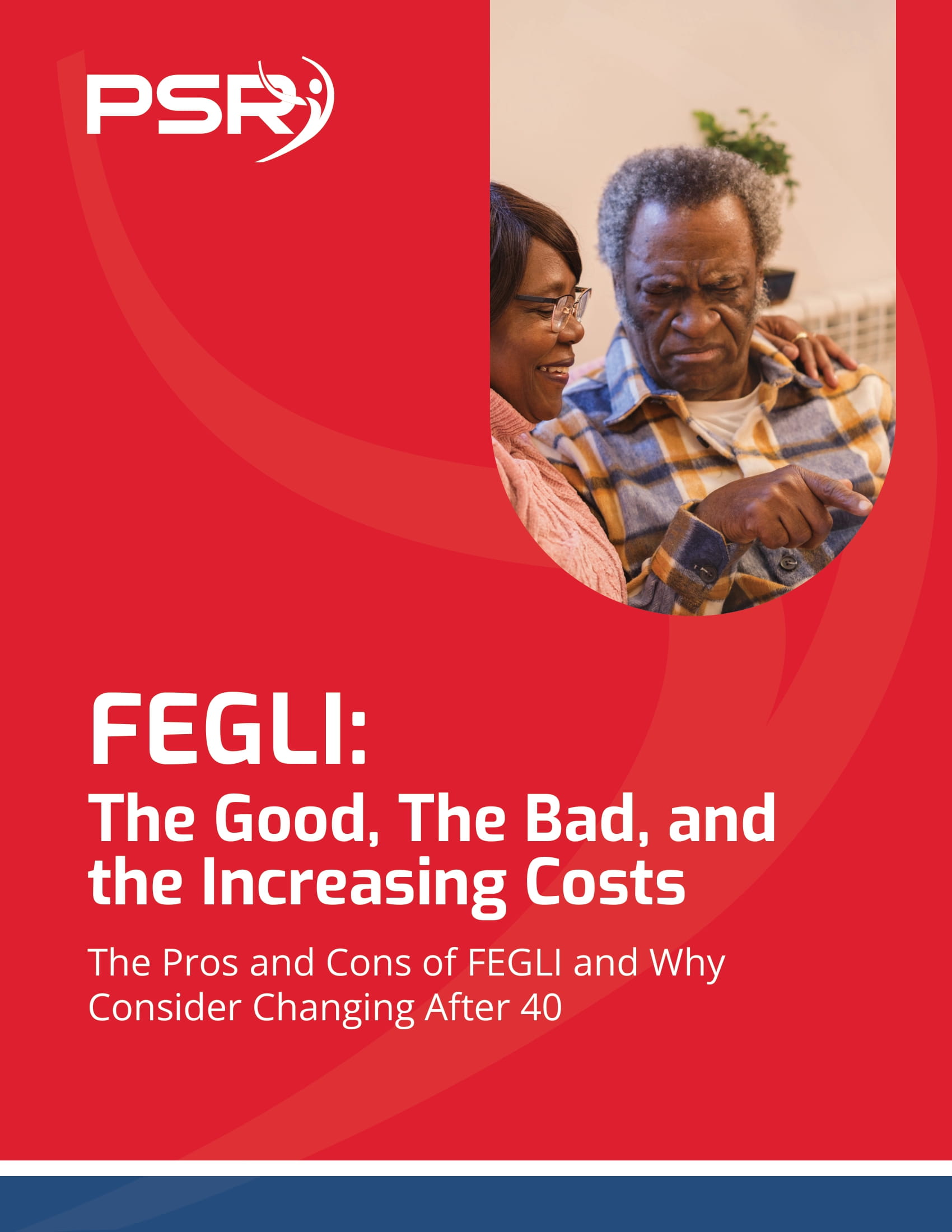Key Takeaways
-
In 2025, catch-up contributions offer higher limits than ever, giving you a critical window to accelerate your retirement savings—especially between ages 50 and 63.
-
Waiting too long to take advantage of catch-up provisions could mean missing out on the compounding power these additional contributions provide.
Why Catch-Up Contributions Matter More Than Ever in 2025
If you’re a government employee approaching retirement, 2025 might be your most strategic opportunity to boost your savings. Catch-up contributions allow older workers to put extra money into tax-advantaged retirement
- Also Read: When Federal Employees Outlive Their FEGLI Coverage Expectations, Here’s What Happens Next
- Also Read: FERS COLAs Don’t Always Show Up When You Expect—And That’s By Design
- Also Read: Why CSRS Benefits Still Outshine Newer Retirement Systems for Many Employees
Due to recent legislative changes and inflation adjustments, the 2025 contribution limits are the highest they’ve ever been. These higher ceilings are not just numbers—they represent your final and best opportunity to close the savings gap before required minimum distributions (RMDs) and retirement begin.
Understanding the 2025 Contribution Limits
For 2025, the IRS has confirmed the following retirement contribution limits:
-
Elective Deferral Limit: $23,500
-
Catch-Up Contribution (Age 50+): $7,500
-
Super Catch-Up (Ages 60–63, SECURE Act 2.0): $11,250
These limits apply to traditional and Roth TSP contributions combined. If you’re in the 60–63 age bracket in 2025, you can contribute a total of $34,750. That’s a powerful lever to increase your nest egg in just one year.
The 60–63 Window: A Special Opportunity Under SECURE Act 2.0
One of the biggest changes affecting catch-up contributions is the creation of a new “Super Catch-Up” category for individuals aged 60 through 63. If you turn any age between 60 and 63 in 2025, you can make additional contributions beyond the standard catch-up.
This provision only applies during the four-year window. Once you turn 64, you revert to the regular $7,500 catch-up limit. That means you have, at most, four years—and possibly only one or two years left—to take advantage of this.
Why It Matters:
-
You may be in your highest earning years.
-
Your expenses may be lower due to fewer family obligations.
-
It’s your last chance before you hit Medicare enrollment, potential retirement, and the RMD phase starting at age 73.
Coordinating Catch-Up with TSP and FERS
If you’re covered under the Federal Employees Retirement System (FERS), your pension and Social Security will form part of your retirement income. But for most retirees, the TSP plays a vital third role. That’s where catch-up contributions become indispensable.
Your TSP has no income restrictions for catch-up eligibility, and you can set your contributions as either traditional (pre-tax) or Roth (after-tax). Either choice supports a tax-efficient retirement strategy—especially if you use catch-up contributions to front-load anticipated withdrawals.
Key Strategies:
-
If retiring before 65: Max out catch-up contributions while still receiving full government matching.
-
If continuing past 65: Use these years to delay Social Security and supercharge your TSP growth.
-
If unsure of your timeline: Contribute as much as possible now—limits don’t roll over.
Don’t Let Payroll Systems Block Your Opportunity
For public sector workers, it’s essential to ensure your agency’s payroll system is configured to apply the correct catch-up contribution rules. The TSP allows you to designate catch-up amounts as part of your total election, but you must confirm it’s properly tracked.
Some agencies previously required a separate catch-up election form. In 2025, the process is streamlined, but errors can still occur:
-
Check that your contributions will not be cut off mid-year after reaching the regular limit.
-
Monitor your biweekly payroll deductions to stay on track.
-
Remember: If you only use the standard limit ($23,500), you’re leaving significant savings potential on the table.
Budgeting for Higher Contributions
The opportunity to save more comes with a cost—you need to budget more today to fund these higher contributions. But that cost is relative. Every dollar saved with catch-up contributions can avoid future taxes, reduce RMD exposure, and offer a more secure retirement.
Practical Tips:
-
Adjust your discretionary spending in 2025 to prioritize savings.
-
Use bonuses, tax refunds, or COLA increases to hit catch-up limits.
-
If retiring mid-year, plan for front-loaded contributions.
Even contributing a few hundred dollars extra per pay period can help you reach the higher limits.
Tax Advantages and Future Planning
Catch-up contributions give you more than just higher balances—they also deliver strategic tax advantages, especially when coordinated with long-term plans.
-
Traditional Catch-Up Contributions: Reduce your taxable income for the current year. This can keep you in a lower tax bracket or avoid Medicare IRMAA thresholds.
-
Roth Catch-Up Contributions: Provide tax-free income in retirement. These can be useful to offset taxable FERS or Social Security income.
By planning your mix carefully, you can smooth out your tax liability across your working and retired years.
Aligning Catch-Up Contributions with Retirement Milestones
Your 50s and early 60s are full of critical retirement milestones. Understanding how catch-up contributions align with them can help you make smarter decisions.
-
Age 50: First year eligible for regular catch-up contributions.
-
Age 60–63: Special Super Catch-Up period.
-
Age 62: Earliest age for Social Security (with reductions).
-
Age 65: Medicare eligibility begins.
-
Age 73: RMDs begin unless delayed by working status.
The closer you are to these dates, the more important it becomes to prioritize catch-up savings. Waiting could mean you miss the narrow window where your income, savings capacity, and contribution limits all peak.
Common Pitfalls to Avoid
Even with good intentions, many public sector employees underutilize catch-up contributions due to avoidable errors or misconceptions. Here are several issues to watch out for:
-
Assuming it’s automatic: You must actively elect the higher contribution amounts.
-
Overestimating future capacity: Later years often bring unexpected expenses or health concerns.
-
Neglecting Roth strategy: Catch-up can be used for Roth—even if your main contributions are traditional.
-
Delaying until RMD age: You lose the opportunity to reduce your future tax burden through proactive savings.
The Clock Is Ticking—Why 2025 Is a Pivotal Year
Catch-up contributions are not a permanent feature you can rely on indefinitely. Legislative changes, economic downturns, or job transitions could disrupt your ability to contribute later.
Here’s what makes 2025 especially urgent:
-
You may be in one of your final high-income years.
-
The Super Catch-Up option is only available until you turn 64.
-
Contribution limits could change after 2025 depending on inflation or future policy shifts.
-
You have control now—but control weakens with retirement.
Waiting even one more year could cost you over $11,000 in potential contributions—or more if compounded growth is considered.
Secure Your Future While You Still Have Time
You’ve worked hard to earn a government pension and build up Social Security credits. But these alone might not cover rising healthcare costs, inflation, or the lifestyle you envision.
Catch-up contributions in 2025 offer one of the last—and best—chances to accelerate your savings and optimize your retirement strategy.
Speak to your agency’s HR or payroll team about updating your contribution elections. Review your budget. And if you need help coordinating the bigger picture, get in touch with a licensed agent listed on this website for professional advice tailored to your situation.









